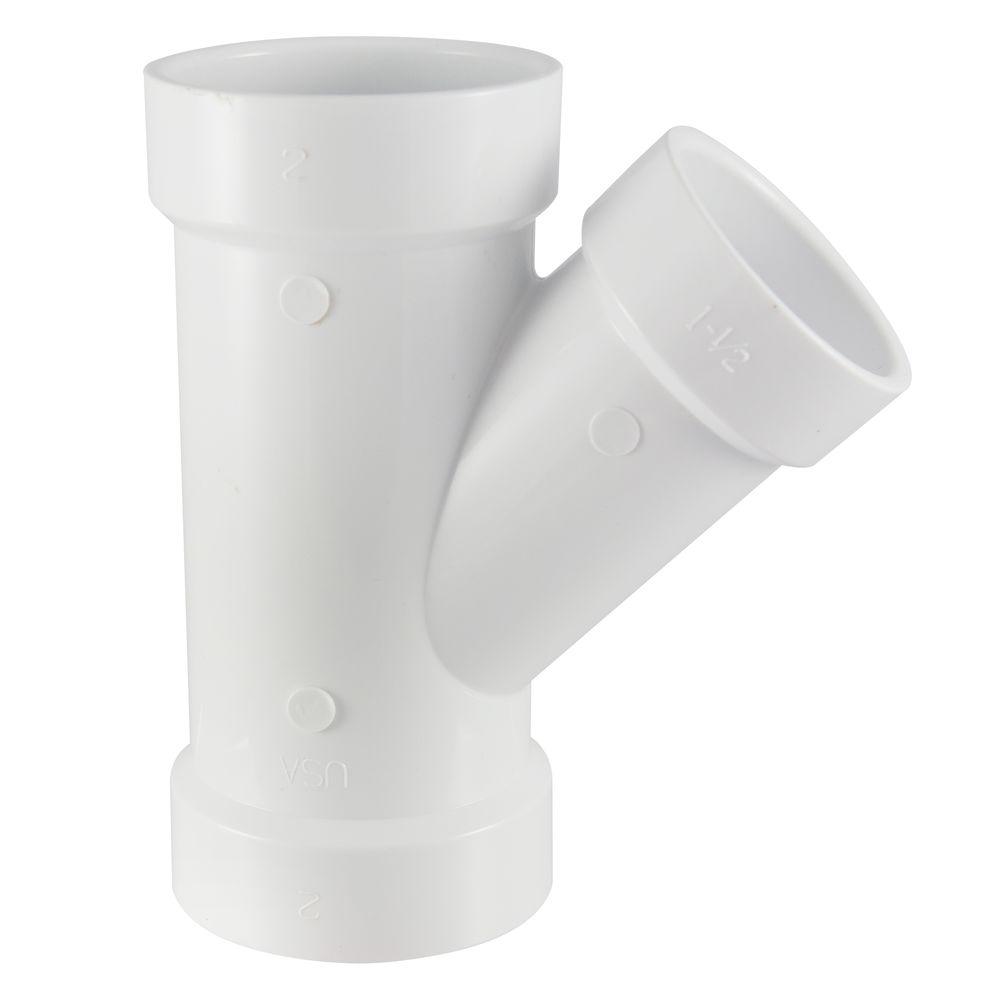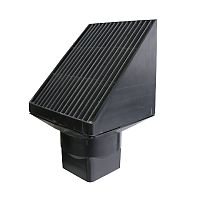jazz4cash
Give me a museum and I'll fill it. (Picasso) Give me a forum ...
[-]what is a blow bag as mentioned in post #1?[/-]
nevermind
nevermind
Last edited:

Why do you think it is clogged? If you run water in through the top grate with a garden hose (no blow bag) does it come out the other end, or does it build up and overflow the grate? It sounds like you already cleaned out the catch basin.
However, you have to take steps to keep debris out of the downspouts so it doesn't end up in the drain lines. I use gutter filters, but there are many other products on the market for keeping gutters clean.
Absolutely none of my business, so feel free to disregard. We have 6 different downspouts for our 1600 sf house... none of them go into a drain... just on to a splash block that sends the roof water away from the house.
I'd assume your house is much, much larger. So... what about the rest of the downspouts? Do you have underground piping for all sides of the house? And separate drainpipes? Is that the way drainage works in your area... in to the main drain? ...Is it the same as the one your home waste water goes to?
The other question is why was the drain hose perforated in the first place?
I can't remember any of my 22 moves where this kind of drainage was used, but always willing to learn.







One thing that we discovered was one of our clogs was nothing more than many years of grass roots growing back into the pipe where it emptied into the yard. Feet and feet of grass roots and mud were all up in there.
I'm leaning toward something like this.
What is the reason for the 22.5 degree + 22.5 degree elbows instead of one 45 degree?
1) If you do decide to directly connect to the gutter downspout, don't cement the joints that are above grade. You'll eventually need to take them apart (for cleanout, to replace a dented downspout, etc)Any other tips?


I think those "emitters" are a good solution in some cases. I wouldn't choose it here because:For the discharge, I'm thinking of using a popup, like this:

And I'm thinking of having the outlet here (the slope is greater than it appears):

You could just terminate it into a grated box and let it over flow. Periodically pop the grate and clean it out. You could also drill some small holes in the bottom so it drains between rains.Yes, I've found some websites that make the same arguments. Perhaps have the pipe just come out of the ground under the tree with a grating across the opening. It will have to be out of sight, or it will look redneck.
OTOH, we don't have mosquitoes here, and I could periodically clean it out.
You could also drill some small holes in the bottom so it drains between rains.

Holes might provide a pathway for roots to get in. That was the cause of the last clog, right?Nice. I can just have a 90 degree elbow up to a grate, and drill some holes in the bottom of the elbow to drain between rains.
Observations:I've decided to go with a catch drain. That way I can always see immediately if there are any blockages.
Here's my plan. See any problems?
How did you clear that out? Could you just pull the grass out and the roots came along?
Holes might provide a pathway for roots to get in. That was the cause of the last clog, right?
